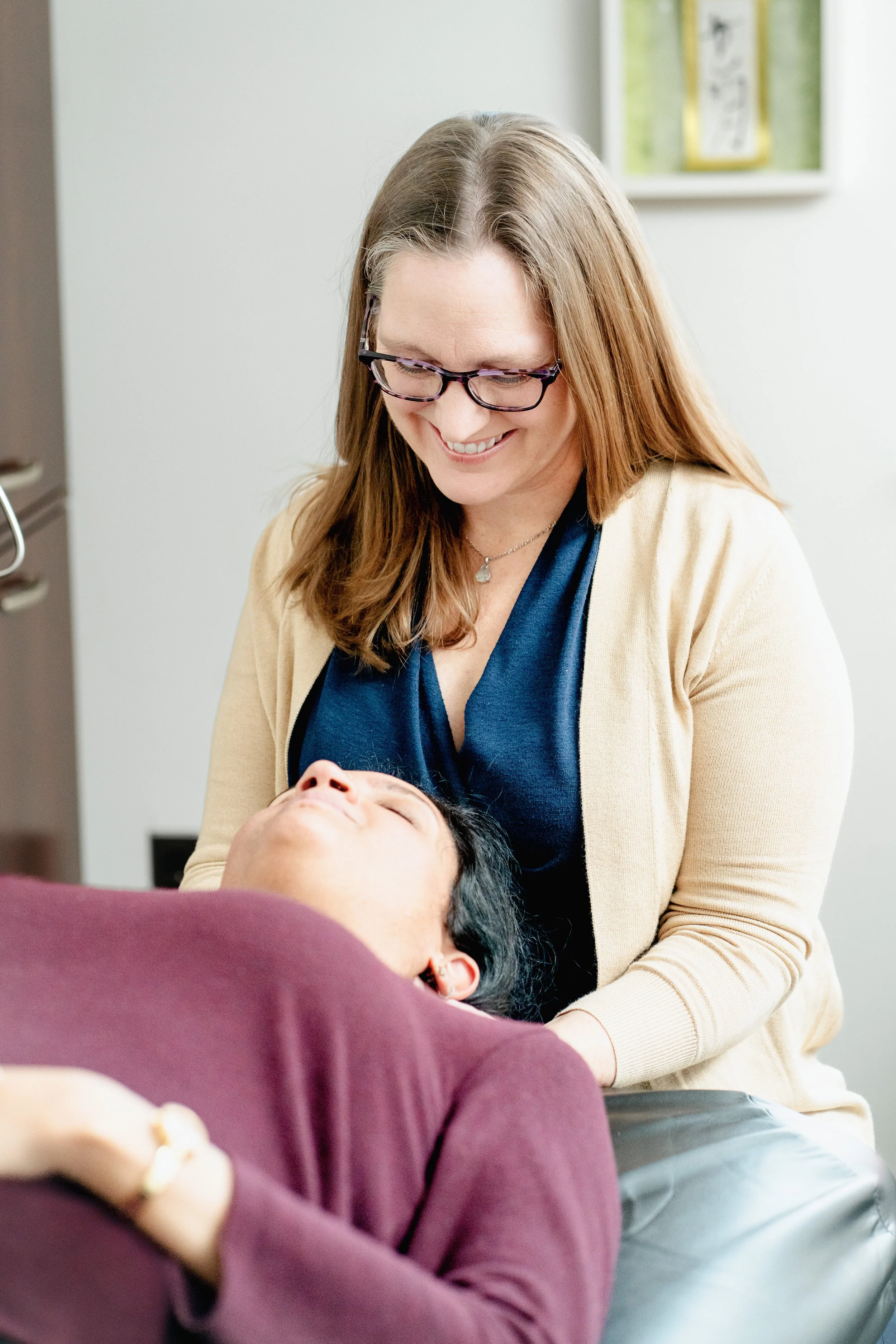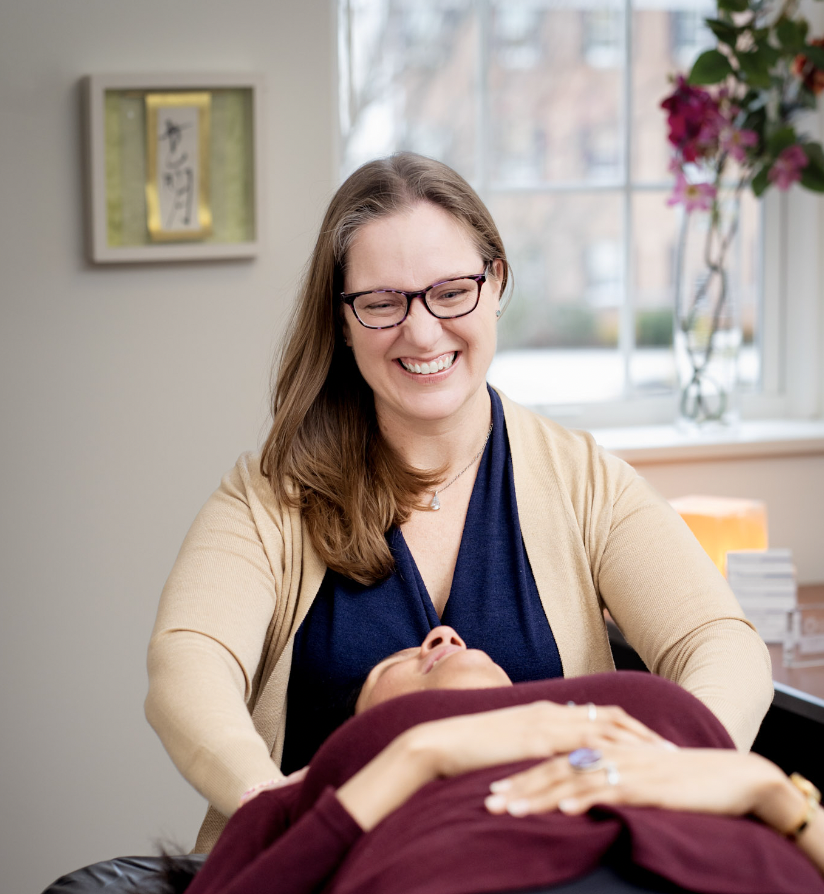Osteopathic Medicine
Osteopathic medicine: as described by the American Academy of Osteopathy.
Osteopathic medicine is a patient-focused approach to health that takes into account every aspect of the person, including his or her physical, personal and spiritual well-being.
Osteopathic physicians are licensed to prescribe medicine and practice in all medical and surgical specialties and subspecialties. Developed more than 130 years ago by Andrew Taylor Still, MD, DO, an osteopath understands the body is more than just a sum of its parts. Doctors of Osteopathy, or DO’s, assist the patient’s innate capacity to heal by addressing the interrelationship of the body’s nerves, muscles, bones and organs. For any medical condition, osteopathic physicians understand that the absence of disease does not imply the presence of health. Osteopathic physicians are trained to recognize changes in body structure which may contribute to “dis-ease.”
In addition to managing medical conditions with medication or surgery, DOs are trained in osteopathic manipulative medicine (OMM). OMM refers to manual techniques to invite changes in body structure to improve physiologic function.
At PIM, Dr. Patterson uses a gentle hands approach including biomechanical, visceral, and cranial-sacral osteopathy techniques to treat many acute and chronic conditions including:
At PIM, Dr. Patterson uses a gentle hands approach including biomechanical, visceral, and cranial-sacral osteopathy techniques to treat many acute and chronic conditions including:
Stress and anxiety
Acute and chronic pain
Migraines, Headaches & TMJ
IBS, Constipation, “bad bowels”
Hypermobility & associated pain and symptoms
Fibromyalgia
Low back pain & Sciatica
Shoulder & Neck Pain; Pelvic pain
Pregnancy, post-partum and infants (Dr Jen offers OMM from birth)
Carpal tunnel
Dr. Patterson can use Osteopathic Manipulative Medicine to treat the following in children:
Colic
Headaches
IBS/constipation
Concussions
Ear infections (chronic - not acute care)
Birth trauma
Misshapen Head (Plagiocephaly)
How to prepare for and what to expect from your OMM appointment:
Most exams and treatments are performed with the patient lying on the table face up.
Initial appointments start with a medical history and structural exam including standing and sitting and then evaluation usually starts at the feet and moves up the body evaluating layer by layer (fascia, muscles, bones, soft tissues, viscera, etc).
Using her palpation and visual inspection, Dr. Patterson evaluates for structural asymmetry, tenderness, restricted motion, and tissue texture changes.
Sometimes the expression of the pain is not in the same location as the cause. For example, shoulder pain could be caused by asymmetric pull of the abdominal diaphragm.
Initial appointments are scheduled for 60 minutes; follow up appointments are 40 or 60 minutes. Follow-up timing depends on the individual; some patients respond quickly, others require more regular treatments.
Treatment preparation: please wear loose-fitting clothing and hydrate well.
Post treatment care: listen to your body, and continue to hydrate!
For additional information on Osteopathic Manipulation, visit:


